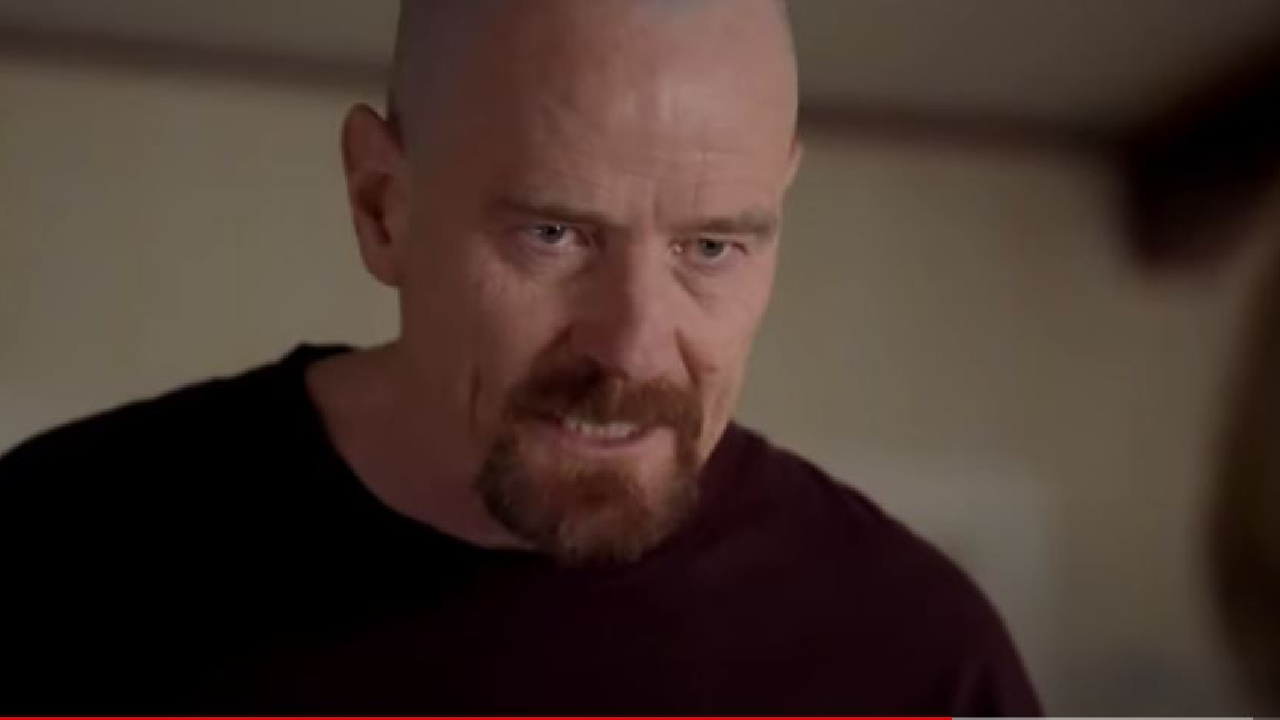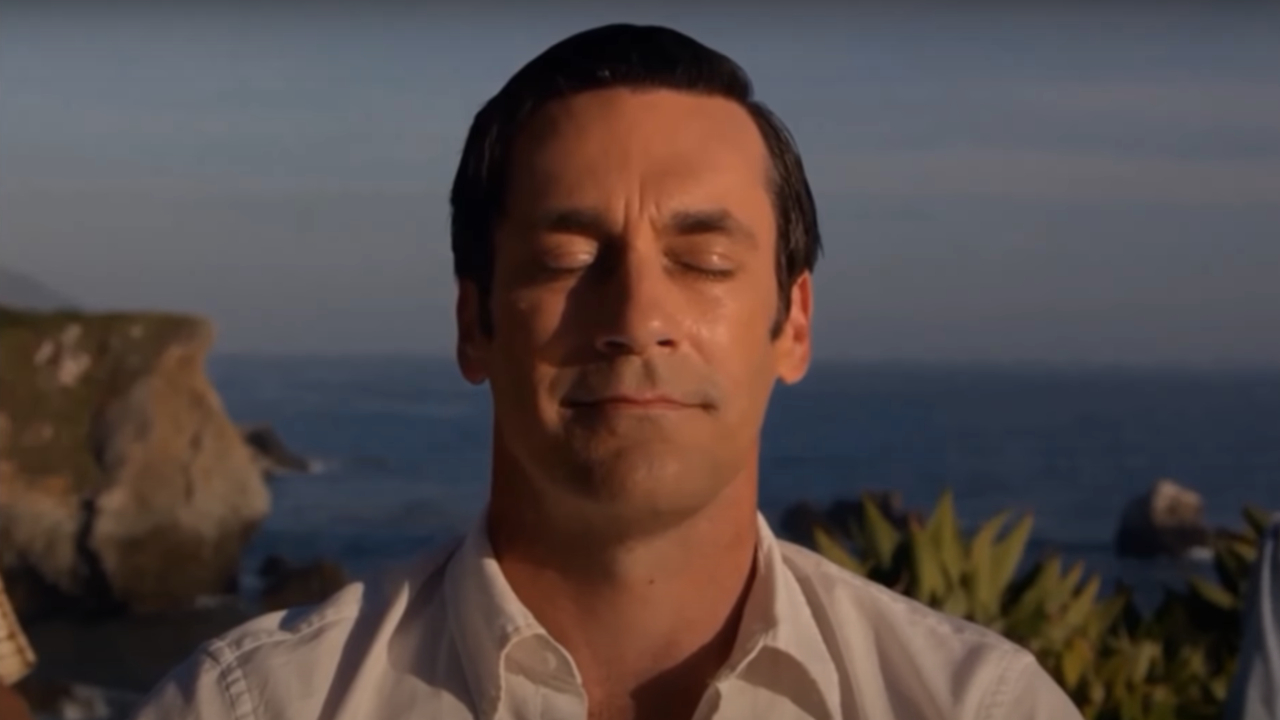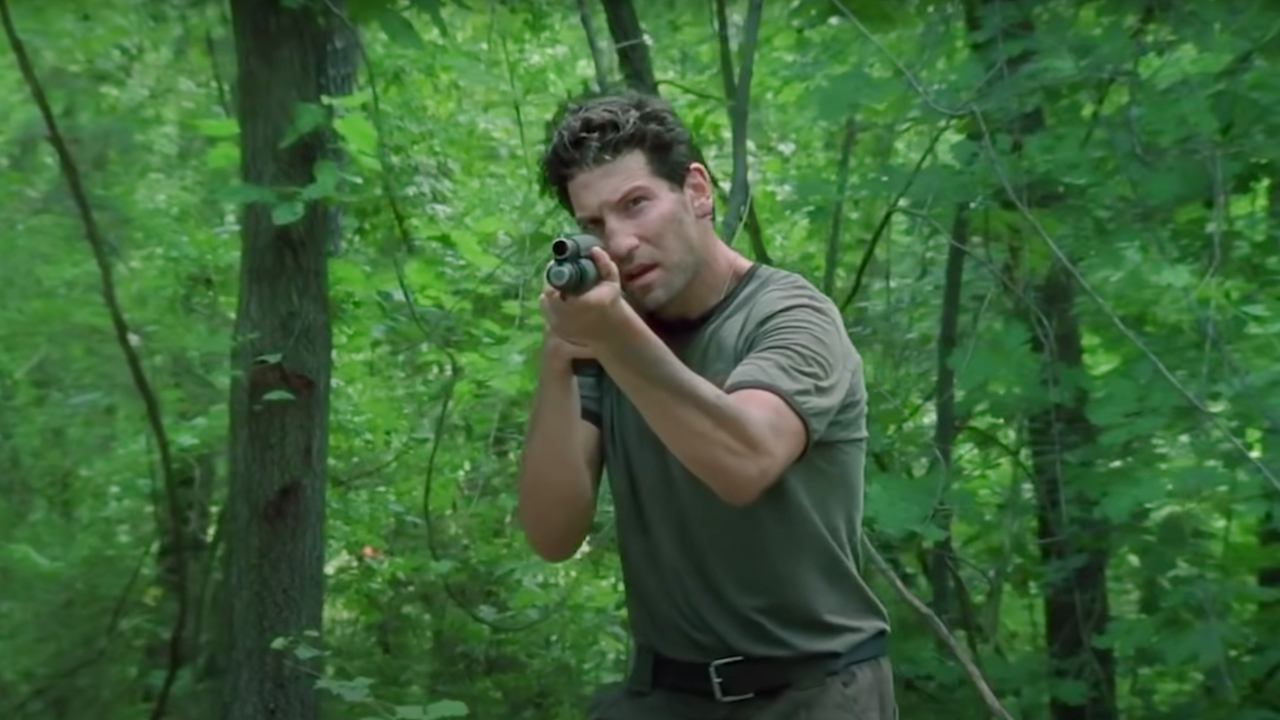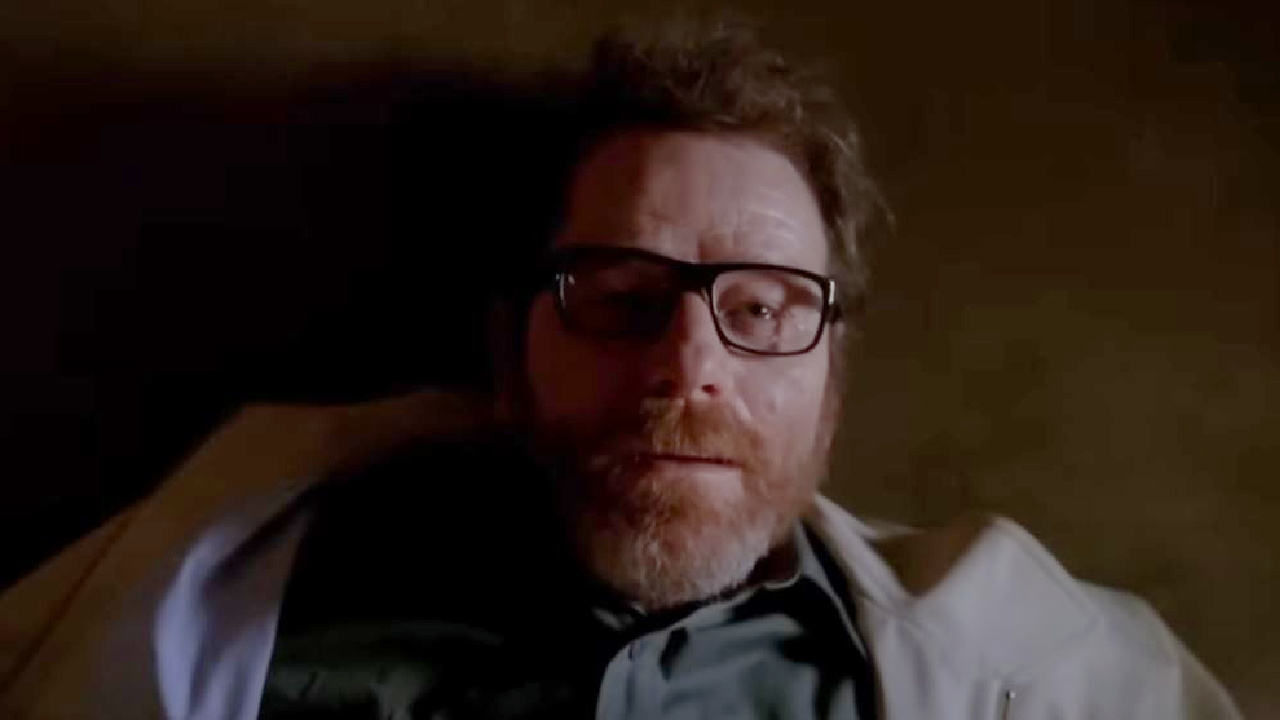
The quality of your favorite period for basic cable TV may depend largely on your generation. For instance, Gen-Xers might reminisce about the late ’90s MTV era, which introduced us to shows like Beavis and Butt-Head as its golden age. Alternatively, some might argue that the early 2000s, with series such as The Shield, Monk, and Psych, was basic cable’s finest hour.
In my opinion, both periods have their merits, but I firmly believe that the golden age of AMC during the “Breaking Bad” era stands out as the pinnacle in basic cable television history. Here’s why I think it deserves recognition:
1. Groundbreaking storytelling: The shows produced during this period revolutionized television by pushing boundaries and offering fresh, captivating narratives that resonated with audiences.
2. Exceptional acting performances: AMC attracted top-tier talent during this era, resulting in some of the most memorable and impactful performances on television.
3. Innovative production values: The shows produced during this time were visually stunning and technically advanced, setting a new standard for basic cable programming.
4. Cultural impact: “Breaking Bad” and other shows from this period left an indelible mark on popular culture, inspiring countless imitators and sparking conversations among viewers and critics alike.
In short, the “Breaking Bad” era of AMC was a transformative time in television history that deserves our collective admiration and recognition.

You Have Two Of Arguably The Greatest Shows In TV History Airing On The Same Network At The Same Time
Allow me to clarify what we mean by “basic cable.” While it might seem intuitive, channels such as HBO, Showtime, Starz, and Cinemax do not fall under this category. These are premium networks that required additional payment. Therefore, even though series like The Sopranos, The Wire, Spartacus, Outlander, Dexter, and Shameless are frequently recognized for their exceptional quality during their time, they were not basic cable shows.
It’s possible that some individuals may not recall the era when most people relied on cable television, as many have now transitioned to streaming services. When I refer to “basic” channels, I’m primarily discussing the stations included in packages, like TNT, TBS, FX, USA, and SyFy, among others.
Among the channels we received, one of them was called AMC, which stands for American Movie Classics. At first, it mainly showcased classic American movies. However, with the emergence of cable networks producing television series, AMC offered us the miniseries “Broken Trail” in 2006, and it was quite engaging! But, it wasn’t until the following year when we received “Mad Men”, and then the year after that, “Breaking Bad”, that AMC really found its rhythm.
Without a doubt, it’s common knowledge that “Mad Men” and “Breaking Bad” are frequently hailed as two of the most exceptional television series ever produced, transcending the realm of basic cable altogether.
During the years spanning from the early 2000s to the mid-2010s, often called the “Golden Era” of television (with series like Breaking Bad and The Wire airing), is commonly considered a golden age for modern TV. Interestingly enough, shows such as Breaking Bad and Mad Men, which were standouts during this time, weren’t exclusive to premium networks. Instead, they could be enjoyed by anyone with a standard cable subscription. Frankly, it’s hard to imagine anything better than those two series, but…

We Also Got A Cultural Phenomenon In The Walking Dead, Which Was TV’s Biggest Scripted Show For Several Years
I ceased following “The Walking Dead” well before its conclusion, a decision shared by many others. Few could have foreseen the immense success that the series would achieve when it first aired in 2010. Initially, a zombie show based on a comic book seemed at odds with the gravitas of shows such as “Breaking Bad,” “Mad Men,” and even the short-lived “Rubicon” (my dearly missed one-season series “Rubicon”).
Yet, The Walking Dead achieved remarkable success! The initial seasons, including the period leading up to Glenn’s demise (although some might contend that the series started losing steam prior to this event), marked a significant cultural moment. It was astonishing how AMC managed to balance both critically acclaimed dramas with such a popular genre program.
Frankly, The Walking Dead was quite impressive at certain points. In retrospect, the series generally adhered to the original comics as closely as possible, sticking with significant storylines. However, whenever it strayed from those key moments, I felt it veered off course, but let’s move on.
One key point to remember is that “The Walking Dead” was the primary reason many viewers turned to AMC. Although “Mad Men” and “Breaking Bad” were highly praised, respected shows, their true popularity didn’t fully manifest until “Breaking Bad” became available on Netflix.
Indeed, it wasn’t anything else but “The Walking Dead” that firmly established AMC as a must-visit channel for basic cable. This, in turn, gave even less prominent shows on the network an air of necessity, leading me nicely into my following argument.

Even AMC’s Lesser Shows Felt Like Important Television
During those Breaking Bad, Mad Men, and The Walking Dead years at AMC, even less significant shows felt significant or crucial to watch.
The television show that immediately pops into my mind is “The Killing.” Originating from the Danish series, “Forbrydelsen,” “The Killing” aired for 3 seasons (technically 4 if you include its continuation on Netflix), and garnered quite a bit of popularity…at least during the first season (some viewers weren’t fond of how the first season concluded).
It’s intriguing to note that the western series, “Hell on Wheels,” garnered a significant audience. Surprisingly, this might seem unusual when you consider it more closely, as it stands apart from contemporary neo-Western shows like “Yellowstone” and “Justified.” Unlike these modern adaptations, “Hell on Wheels” was an authentic Western-Western, focusing on the construction of railroads in the 1860s.
As a film critic, allow me to shed light on two lesser-discussed yet captivating series that graced our screens back in the day, airing simultaneously with the big three – Breaking Bad, Mad Men, and The Walking Dead – all on AMC. While they may not have held the same level of critical acclaim as these giants, they were certainly intriguing enough for viewers to tune in simply because of their AMC pedigree.
As we moved on to series such as “Into the Badlands,” “Preacher,” and “Fear the Walking Dead,” the channel’s charm seemed to wane a bit, but with the premiere of “Better Call Saul” in 2015, there was still a compelling reason to keep watching.

This Was The Last Real TV-Specific Era Before Streaming Services Changed The Game
To put it simply, during the time of “Breaking Bad”, many would agree that it marked one of the final golden ages of television before the majority of viewers shifted towards using streaming platforms.
By 2013, when “Breaking Bad” concluded, many individuals were intrigued by the cast of “Orange is the New Black,” or deeply involved in shows like “House of Cards” on Netflix. In fact, I’ve previously pointed out that it was largely due to the streaming platform that “Breaking Bad” found its audience. It still amazes me how many people I encouraged to watch “Breaking Bad,” who initially declined, but later shared their appreciation for the show once they stumbled upon it on Netflix.
In essence, AMC symbolized an era where viewers would gather weekly to watch a show collectively, rather than binge-watching as we do now – something I refer to as “crap”. It was reminiscent of the olden days when one had to patiently wait each week to uncover the next chapter in the lives of characters like Don Draper, Walter White, and Rick Grimes. The anticipation could be agonizing if you were eager to learn their fates.
Indeed, during that timeframe, there were other popular series such as “Sons of Anarchy” and “Burn Notice.” However, no other basic cable channel managed to captivate audiences quite like AMC did during the “Breaking Bad” era. It had a strong grip on its viewers.
Of course! Here’s a suggestion:
“Can you share some thoughts with me? Imagine going back in time, before streaming services like Netflix took over and served as everyone’s go-to place. I’m curious about your experiences from that era.
Read More
- Gold Rate Forecast
- PI PREDICTION. PI cryptocurrency
- Rick and Morty Season 8: Release Date SHOCK!
- SteelSeries reveals new Arctis Nova 3 Wireless headset series for Xbox, PlayStation, Nintendo Switch, and PC
- Masters Toronto 2025: Everything You Need to Know
- We Loved Both of These Classic Sci-Fi Films (But They’re Pretty Much the Same Movie)
- Discover Ryan Gosling & Emma Stone’s Hidden Movie Trilogy You Never Knew About!
- Discover the New Psion Subclasses in D&D’s Latest Unearthed Arcana!
- Linkin Park Albums in Order: Full Tracklists and Secrets Revealed
- Mission: Impossible 8 Reveals Shocking Truth But Leaves Fans with Unanswered Questions!
2025-05-11 16:35